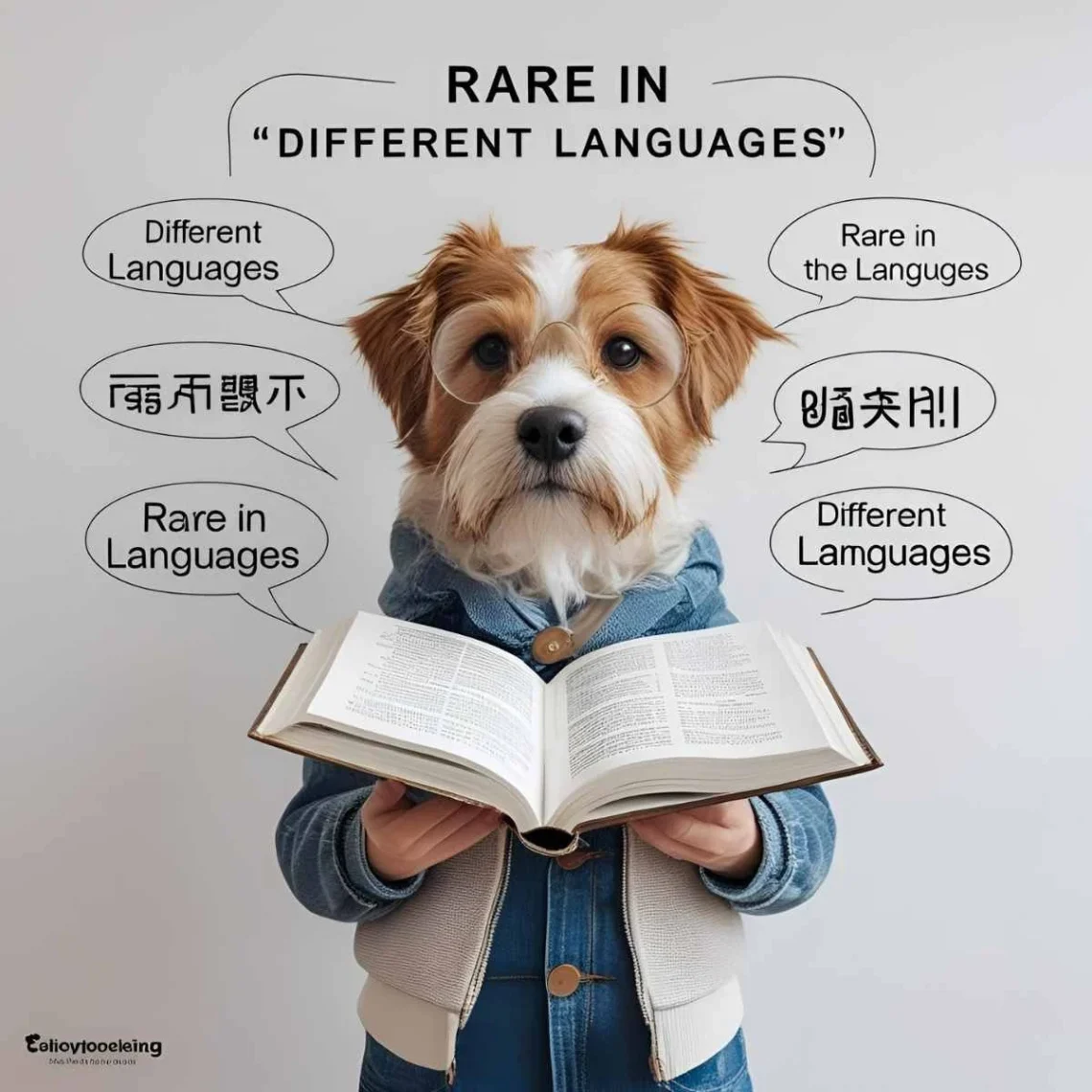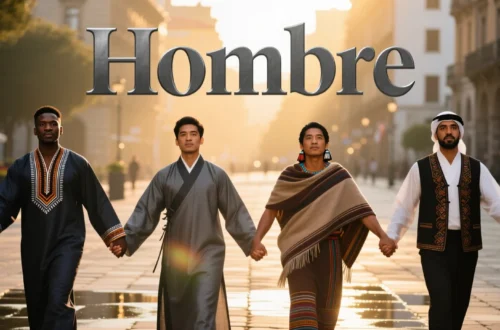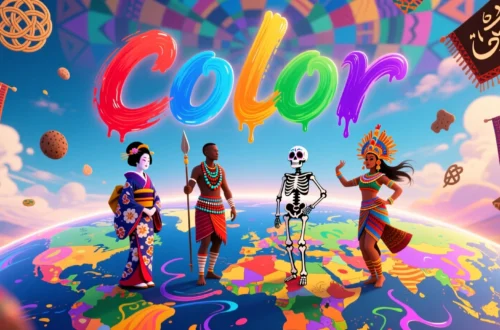Imagine stumbling upon a hidden gem in a bustling Cairo bazaar, a merchant whispering “nādir” to describe a one-of-a-kind treasure. The word “rare” carries a universal allure, evoking wonder and value, yet it transforms across languages and cultures.
Whether it’s “raro” in a vibrant Barcelona market or “namanamaha” in a serene Hawaiian village, the term for “rare” reflects humanity’s shared fascination with the extraordinary, shaped by each culture’s unique perspective. Let’s embark on a global journey to explore how people express “rare” in different languages and what these words reveal about their societies.
Reference Table: “Rare” in Different Languages
| Language | Word/Phrase | Cultural/Linguistic Insight |
|---|---|---|
| French | Rare | Used for both scarcity and uniqueness, often with an elegant tone. |
| Spanish | Raro | Implies both “rare” and “strange,” used contextually in Spain. |
| Italian | Raro | Similar to Spanish, conveys uniqueness with a poetic flair. |
| German | Selten | Emphasizes scarcity, reflecting Germany’s precise language. |
| Mandarin | Xīyǒu (稀有) | Means “scarce and valuable,” tied to prized objects or traits. |
| Hindi | Durlabh | Evokes something precious and hard to obtain, often poetic. |
| Japanese | Mezurashii (珍しい) | Suggests something unusual and noteworthy, used positively. |
| Korean | Heunhaji anha (흔하지 않아) | Means “not common,” emphasizing uniqueness in a subtle way. |
| Arabic | Nādir (نادر) | Means “scarce” or “unique,” used across 20+ countries with pride. |
| Swahili | Nadra | Implies rarity and value, common in East African trade contexts. |
| Zulu | Okungajwayelekile | Means “not ordinary,” highlighting distinctiveness in South Africa. |
| Yoruba | Ṣọwọn | Suggests scarcity and value, tied to cherished items in Nigeria. |
| Maori | Onge | Means “scarce,” often used for precious cultural artifacts. |
| Hawaiian | Namanamaha | Conveys rarity with a sense of wonder, tied to nature’s gifts. |
| Cherokee | Ulisgeda | Implies something uniquely valuable, used in Native American contexts. |
European Languages: Uniqueness with Elegance
European languages express “rare” with terms that blend scarcity and sophistication. For instance, in French, “rare” is used for both scarcity and uniqueness, often with an elegant tone, as in describing a fine wine in Paris. Meanwhile, Spanish uses “raro,” which can mean both “rare” and “strange,” depending on context, heard in Spain’s lively markets to describe unique finds. Additionally, Italian’s “raro” carries a poetic flair, evoking the beauty of something uncommon, like a masterpiece in Florence. In German, “selten” emphasizes scarcity with precision, reflecting Germany’s straightforward linguistic style, often used for rare collectibles. Thus, these terms highlight Europe’s appreciation for both the practical and aesthetic value of rarity.
Asian Languages: Rarity as a Treasure
Asia’s diverse languages offer unique expressions for “rare,” often tied to value and wonder. For example, in Mandarin, “xīyǒu” (scarce and valuable) is used for precious items or traits, reflecting China’s cultural reverence for the exceptional. In Hindi, “durlabh” evokes something precious and elusive, often used poetically in India to describe rare beauty. Similarly, Japanese uses “mezurashii” (unusual), a positive term for something noteworthy, like a rare flower in Kyoto. In Korean, “heunhaji anha” (not common) subtly highlights uniqueness, aligning with South Korea’s understated style. Finally, Arabic’s “nādir,” used across over 20 countries like Egypt and Saudi Arabia, conveys scarcity with pride, often tied to treasures or talents. These terms reflect Asia’s range, from poetic reverence to subtle appreciation of rarity.
African Languages: Rarity in Community and Value
In African languages, “rare” often ties to value and communal pride. For instance, Swahili, spoken in over 20 countries like Kenya and Tanzania, uses “nadra” to denote rarity and worth, often heard in trade markets for unique goods. In Zulu, “okungajwayelekile” (not ordinary) highlights distinctiveness in South Africa, used with admiration for special qualities. Similarly, Yoruba’s “ṣọwọn” in Nigeria suggests scarcity and value, often applied to cherished cultural artifacts. These terms, used in vibrant social settings, emphasize rarity as a source of pride and celebration across African communities.
Indigenous & Island Languages: Rarity as Sacred
Indigenous and island languages express “rare” with simplicity and reverence. For example, Maori in New Zealand uses “onge,” a term for scarce and precious items, often tied to cultural treasures. In Hawaiian, “namanamaha” conveys rarity with wonder, used for nature’s unique gifts, like a rare shell on a beach. Similarly, Cherokee’s “ulisgeda” implies something uniquely valuable, used in Native American communities for sacred or rare objects. In Samoan, “seasea” (scarce) reflects the Pacific’s communal value of rarity, often used in group ceremonies. Across these cultures, from New Zealand to the Cherokee Nation, “rare” is tied to sacredness and shared appreciation.
Cultural Insights: The Evolution of Rarity’s Words
Words for “rare” have evolved with cultural values. For instance, the French “rare” traces back to Latin “rarus” (sparse), spreading across Romance languages. In Arabic, “nādir” emerged in medieval trade, symbolizing valuable goods. Moreover, in African languages like Swahili, “nadra” reflects historical trade networks, emphasizing scarcity’s worth. In Asia, terms like “xīyǒu” and “durlabh” align with philosophies valuing uniqueness, from Confucianism to Indian poetry. These words carry histories of trade, art, and cultural exchange, highlighting humanity’s enduring fascination with the uncommon.
Proverbs and Sayings: Wisdom of Rarity
- French: “Ce qui est rare est cher.” (What is rare is dear.) – Emphasizes the value of scarcity.
- Hindi: “Durlabh cheez dil se dil tak jati hai.” (A rare thing goes from heart to heart.) – Ties rarity to emotional connection.
- Swahili: “Nadra ni kama nyota, haipatikani kila siku.” (The rare is like a star, not found every day.) – Highlights rarity’s allure.
- Japanese: “Mezurashii mono wa kagayaku.” (Rare things shine.) – Connects rarity to brilliance.
- Yoruba: “Ṣọwọn ni ohun ti o niyì.” (What is rare is valuable.) – Links scarcity to worth.
FAQs
Why do some words for “rare” sound similar?
Shared linguistic roots, like Latin “rarus” in Romance languages, and cultural exchanges, like Arabic’s influence on Swahili, create similarities.
What’s the oldest term for “rare”?
Latin “rarus” (circa 3rd century BCE) is among the earliest, influencing modern European terms like French “rare.”
How do cultures shape the term’s use?
Collectivist cultures (e.g., African, Indigenous) tie “rare” to communal value, while individualistic cultures (e.g., European) focus on personal appreciation.
Conclusion
From “raro” in Spain to “nadra” in Tanzania, the word for “rare” weaves a global thread of wonder and value. Each term, whether the poetic “durlabh” in Hindi or the sacred “onge” in Maori, reflects cultural priorities while celebrating humanity’s love for the extraordinary. Consequently, these words remind us that rarity unites us, inspiring awe across all people. How do you say “rare” in your language, and what makes it special to you? Share your thoughts below—we’re eager to hear your story!






